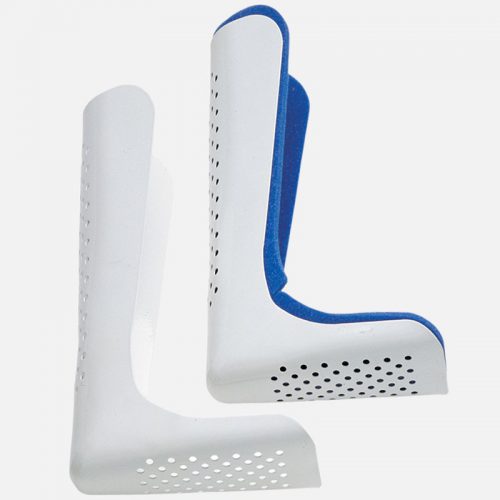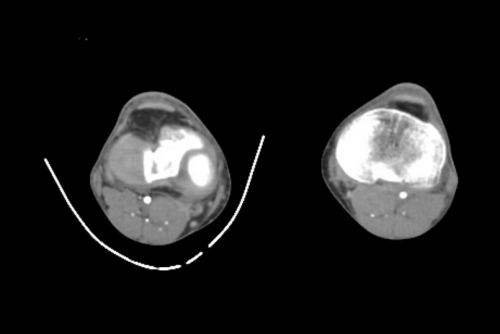Computed tomography is an essential part of the diagnostic workup for many trauma patients. However, it’s a limited resource in most hospitals. Only so many scanners are affordable and available. Typically, trauma centers have a scanner located in or very near the trauma bay, which makes physical access easy. Others may be located farther away, which can pose logistical and safety issues for critically injured patients.
Even if the CT is close to the ED, availability can be an issue. This availability applies not only to trauma scans, but to others as well. There is an expectation that CT be immediately available when needed for trauma activation patients. However, chances are that the same scanner is also used for high priority scans for services other than trauma, such as stroke evaluation.
Who gets the scanner first? Obviously, many trauma patients need rapid diagnosis for treatment of their serious injuries. But a fresh stroke patient also has a neurologic recovery countdown clock running if they might be eligible for lytic administration.
And don’t forget that trauma and stroke aren’t the only services vying for that scanner. The hospital undoubtedly has a stream of elective scans queued up for other in-house patients. Every urgent or emergent scan needed for trauma sets the elective schedule back another 30 minutes or more.
How does your trauma center manage CT scan usage for trauma? The vast majority essentially lock it down at some fixed point. This is typically either upon trauma activation, or at patient arrival. The former is very common, but also very wasteful because there can be a significant wait for the patient to actually arrive. Then add on the time it takes to complete the trauma bay evaluation. Up to an hour may pass, with no throughput in the CT scanner. This can be a major work flow headache for your radiology department.
Is there another way? My center was one of those that stopped the scanner after the current patient was finished at the time the trauma activation was called. We have two scanners just 30 feet from the trauma bays, so one could continue working while the other was held. However, this cut their throughput by 50% for roughly half an hour. We recognized that this was a creating a problem for the whole hospital, so we worked with the radiology department to come up with a better way.
Tomorrow I’ll detail the new system we implemented, and provide data showing the real impact of this new system on CT scan productivity.


